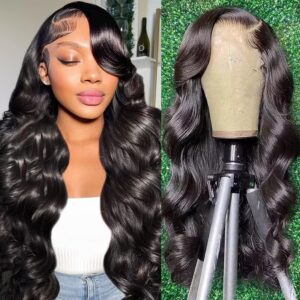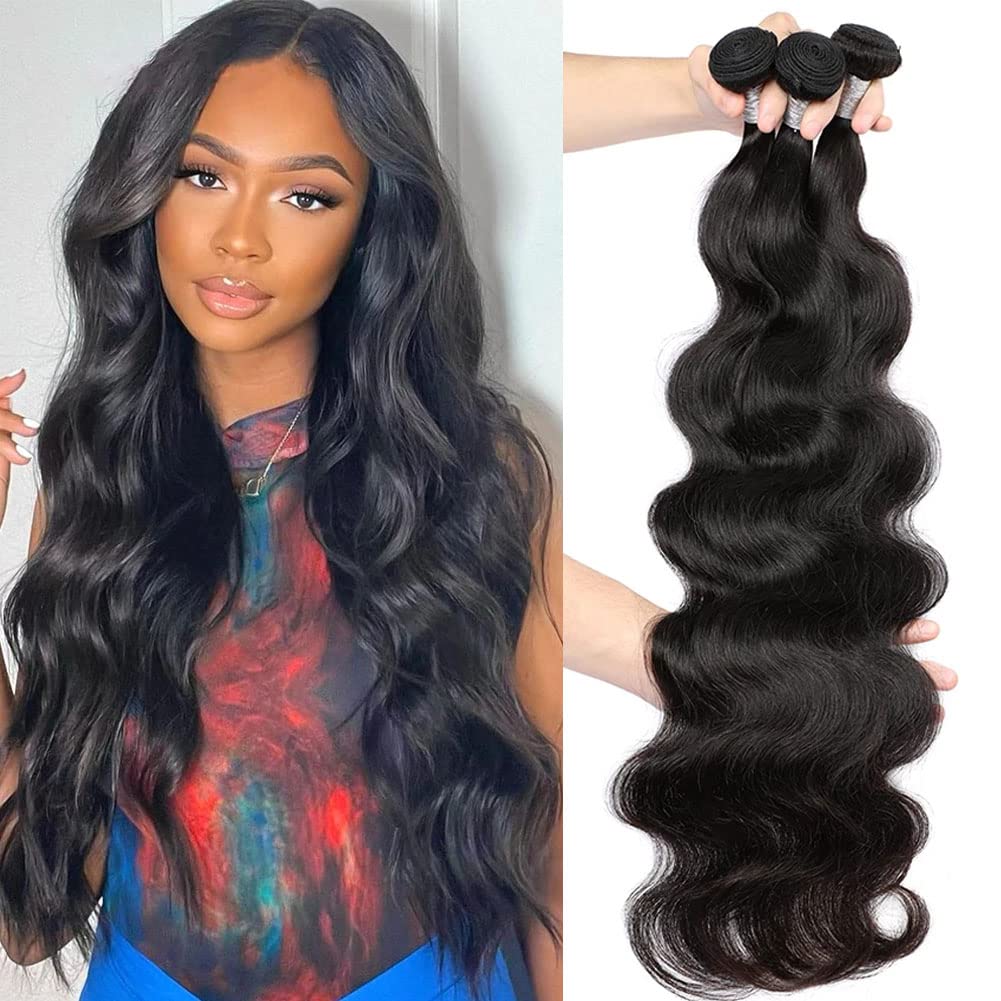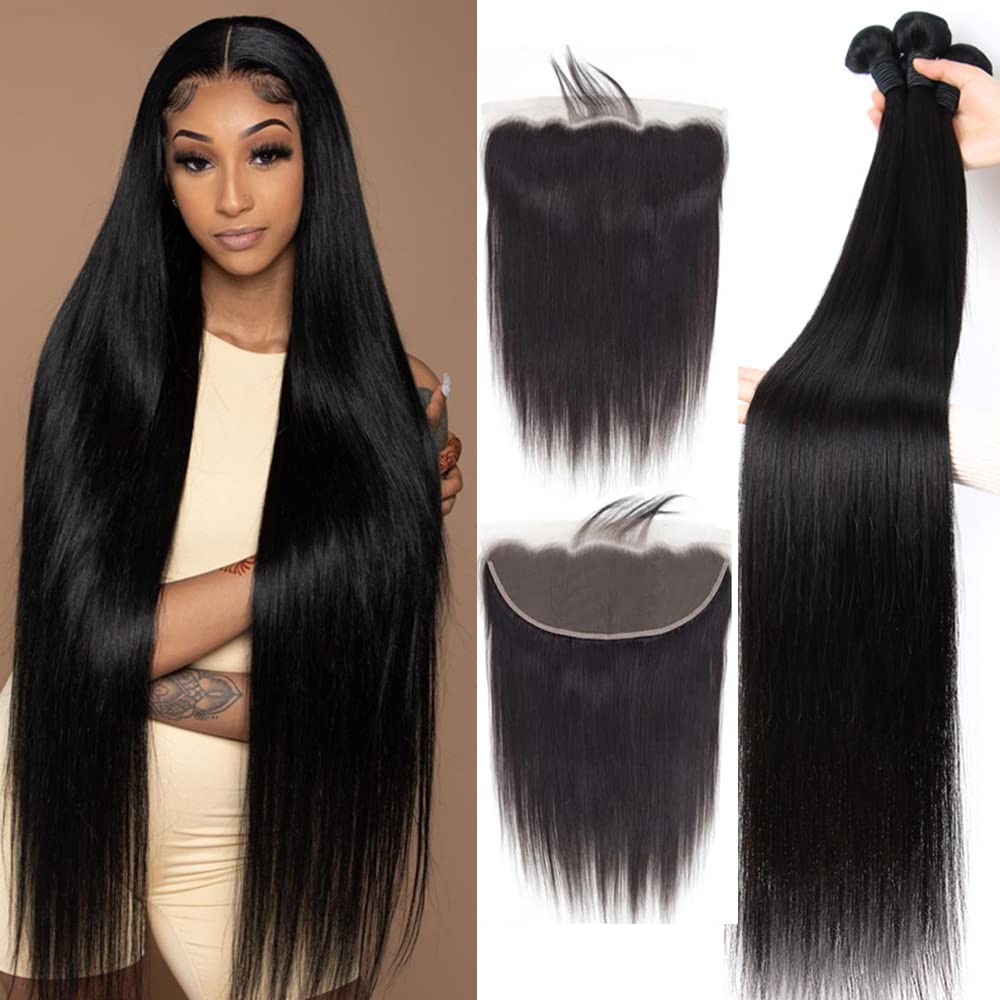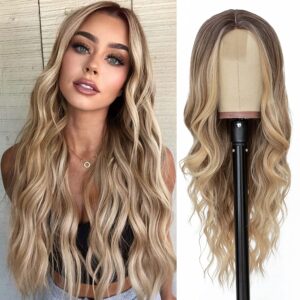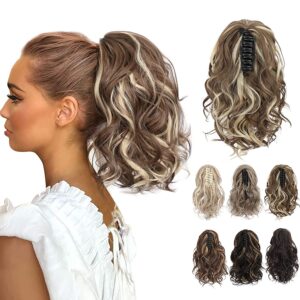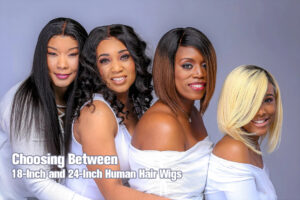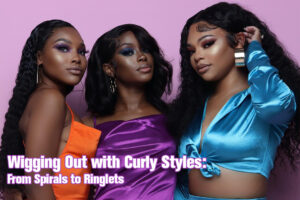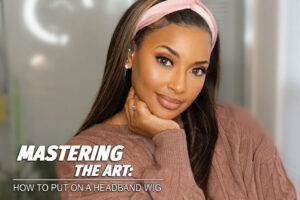If you are in the market for kinky hair extensions, you have unlimited options. From high-quality fiber hair, Remy hair, Virgin hair to Yaki hair. Which option to choose depends on your preferred texture.
However, if you have not yet decided which natural hair extension to choose, or if you are considering choosing Yaki hair. Please follow this guide.
What is Remy Hair?
Remy is the hair collected and sorted from different sources. The hair roots and ends move in the same direction to ensure that the Stratum corneum does not become confused or dim.
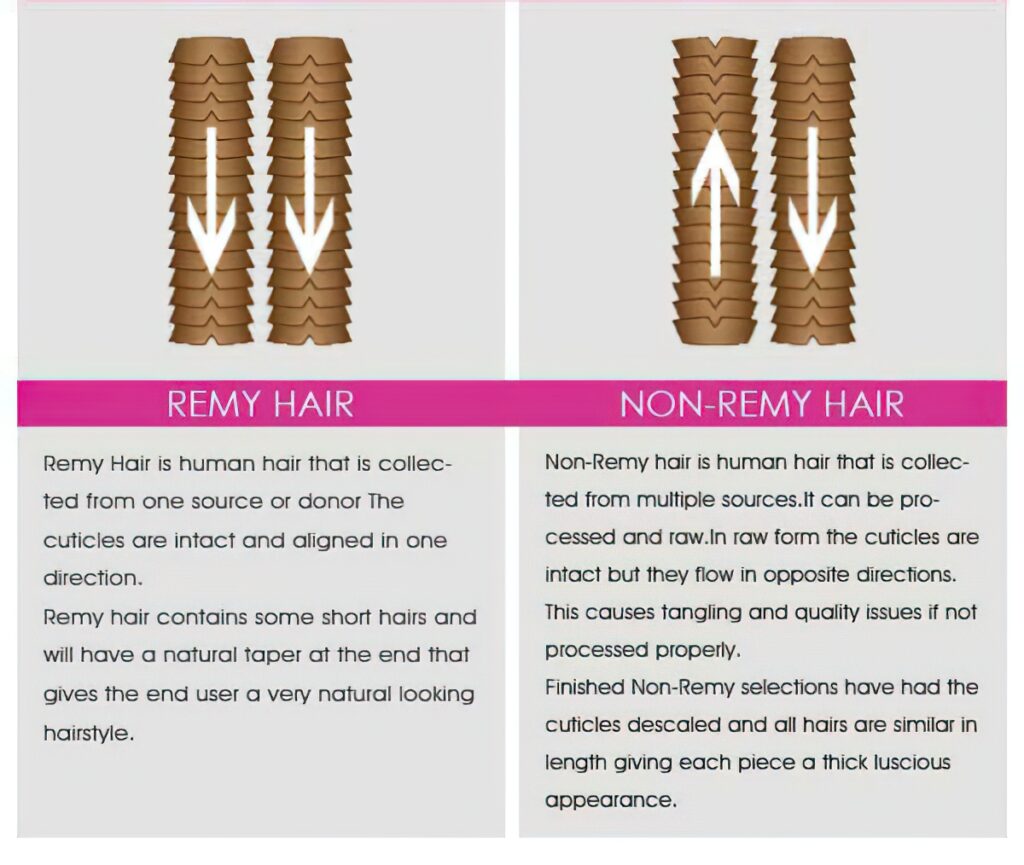
The Stratum corneum was not peeled off, but kept in one direction.
Remy’s hair is expensive, and it looks natural after a long process, so as not to damage the Stratum corneum. Usually, in order to protect the integrity of hair, the original hair is treated to a minimum.
Remy’s hair is smoother, brighter, and healthier than non Remy’s hair. This type of hair feels magical even after being washed multiple times. If Remy’s hair looks good, most of our clients can wear it for one to two years. The investment is huge, but it is worth it.
What is Virgin Hair?
Virgin hair is unrefined, just like the hair we started with in this world. It refers to wiring harnesses that have never been dyed or chemically treated in any way. More precisely, hair is completely free of perm, bleach, color treatment, and dyes – yes, high gloss and combing are also important.
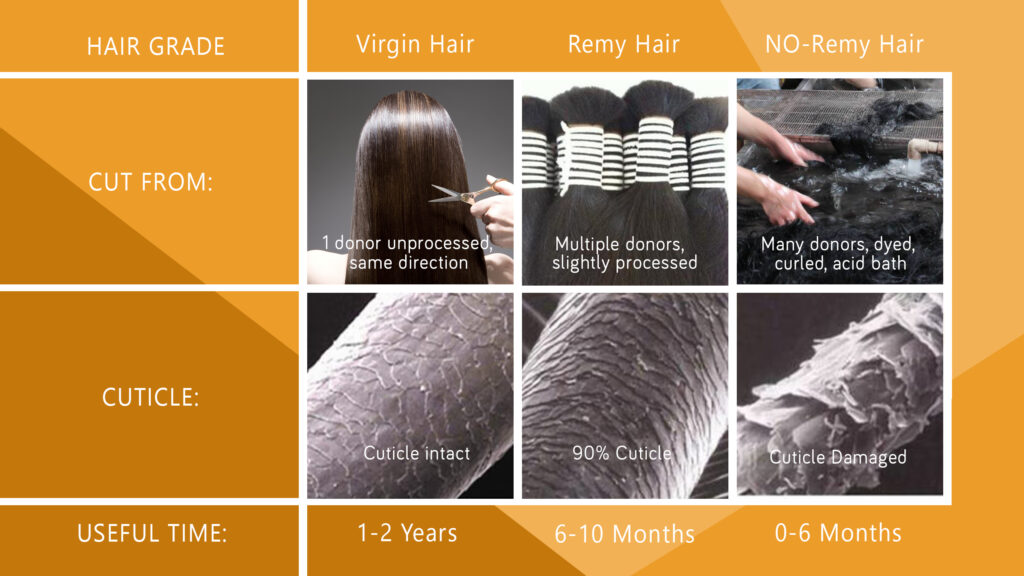
Once you have treated or dyed your hair, it will no longer become a virgin. That’s right, once you dye your hair, even if you dye it once, you will forever lose your virgin hair. Virgin hair is the dream of a hair stylist, because dyeing hair that has not yet been dyed is much easier. Hair colorists are also passionate about virgin hair because of its strength, which is because it has never been damaged by chemicals. This is also why many high-end hair extensions are made from virgin hair.
What is Yaki Hair?
Yaki hair is a term used to describe a texture of hair that resembles the appearance of chemically relaxed or processed African-American hair. It is commonly used in wigs, weaves, and hair extensions to mimic the look and feel of naturally textured hair.

There are different types of Yaki hair, such as Light Yaki, Silky Yaki, Regular Yaki, Kinky Yaki and Coarse Yaki, each representing different levels of texture and thickness. The texture and appearance of Yaki hair can vary depending on the brand and manufacturing process.
It’s important to note that Yaki hair is a personal preference, and individuals choose it based on their desired look and style. If you’re interested in Yaki hair, it’s recommended to research and find a reputable brand that offers high-quality Yaki hair extensions or wigs made from real human hair or high-quality synthetic fibers.
(1) Silky Yaki/Straight Yaki Hair
Silky Yaki/Straight Yaki Hair is a specific type of yaki hair texture that has a smoother and silkier appearance compared to other Yaki textures. It is a popular choice for those who want a relaxed or straightened hair look with a subtle texture.

It is designed to mimic the texture of chemically relaxed or processed African-American hair that has a straightened appearance. The hair strands have a slight texture and a soft, silky feel, resembling hair that has been treated with a straightening process.
Similar to other Yaki hair textures, silky Yaki can be made from either human hair or synthetic fibers. Human hair silky Yaki extensions or wigs are usually made from processed human hair that has been treated to achieve a straightened, silky texture. Synthetic silky Yaki hair is crafted from specialty fibers designed to imitate the appearance and feel of natural hair.
(2) Regular Yaki
Regular Yaki is another type of yaki hair texture commonly used in wigs, weaves, and hair extensions. Unlike silky Yaki, Regular Yaki has a coarser and more textured appearance, resembling the natural texture of African-American hair that has been chemically relaxed or processed.

It is typically made from human hair that has been processed to have a slightly kinky or coarse texture. This texture is designed to imitate the look and feel of relaxed or chemically treated hair that has been straightened. Regular Yaki hair provides a more natural and realistic appearance for individuals who prefer a straightened or relaxed hair look with some texture.
Just like with other Yaki hair textures, Regular Yaki can be found in different variations such as Light Yaki, Regular Yaki, or Coarse Yaki. The specific texture and appearance of regular yaki hair can vary depending on the brand and manufacturing process.
(3) Kinky Yaki Hair
Kinky Yaki hair is a type of Yaki hair texture that closely resembles the natural texture of tightly coiled or kinky African-American hair. It is designed to replicate the look and feel of natural hair without the need for chemical processing or heat styling.

It is typically made from human hair that has been processed to have a coarse and tightly coiled texture. The hair strands are tightly curled, resembling the natural hair pattern of individuals with kinky or coily hair. This texture provides a more realistic and natural appearance for those who desire a natural hair look or want to enhance their own natural hair texture.
Kinky Yaki hair is often used in wigs, weaves, and hair extensions to create hairstyles that match the natural hair textures of many African-American individuals. It offers versatility in styling options, allowing for braiding, twisting, or other natural hair-inspired hairstyles.
(4) Coarse Yaki/Curly Yaki Hair
Coarse Yaki is a specific type of yaki hair texture that has a coarse and thick appearance. It is designed to mimic the texture of African-American hair that has been chemically relaxed or processed to achieve a straightened look with a coarse texture.

Coarse Yaki hair is typically made from human hair that has been processed to have a coarse and slightly kinky texture. The hair strands have a thicker diameter and a rougher texture compared to other Yaki textures. This texture is meant to resemble the look and feel of relaxed or chemically treated hair that has a coarser texture.
Coarse Yaki hair is commonly used in wigs, weaves, and hair extensions to provide a natural and realistic appearance for individuals who prefer a straightened hair look with a coarse texture. It offers a versatile styling option, allowing for various hairstyles that match the natural hair textures of many African-American individuals.
What is the Difference Between Yaki Hair ,Virgin Hair and Remy Hair?
Virgin hair and Remy hair is a grade of hair. Yaki hair is a reference to the texture of the hair extension. Yaki hair is a hair texture that replicates chemically relaxed African-American hair and can be made from human hair or synthetic fibers. Virgin hair is unprocessed, natural hair sourced from a single donor, known for its quality and ability to be styled. Remy hair refers to human hair with aligned cuticles to minimize tangling and shedding, and it can be virgin or chemically processed. Yaki hair focuses on texture, while Virgin and Remy hair pertain to the quality and processing of the hair. Overall, Yaki hair is about texture, while Virgin and Remy hair focus on the quality and handling of the hair.
Is Yaki Hair Human Hair?
Yaki hair can be made from various materials, including human hair and synthetic fibers. Human hair Yaki extensions are typically made from Remy or non-Remy human hair that has been processed to have a coarse, slightly kinky texture. The goal is to imitate the texture of relaxed or chemically treated hair, providing a more natural look for individuals who prefer a straightened or relaxed hair appearance.

How to Take Care of Yaki Hair
To take care of Yaki hair, whether it’s in the form of wigs, weaves, or hair extensions, here are some general tips:
Washing
Gently wash the Yaki hair using a sulfate-free shampoo and lukewarm water. Avoid vigorously rubbing or scrubbing the hair to prevent tangling or damage. Focus on cleansing the scalp and roots while letting the shampoo run down the length of the hair. Rinse thoroughly.
Conditioning
Apply a moisturizing conditioner to the hair, focusing on the mid-lengths and ends. Leave it on for a few minutes to allow the hair to absorb the moisture. Rinse thoroughly with cool water to help seal the cuticles and promote shine.
Drying
Pat the hair dry with a soft towel to remove excess water. Avoid rubbing or twisting the hair, as this can cause tangling or frizz. Allow the hair to air dry whenever possible to minimize heat damage. If you need to use a blow dryer, use a low heat setting and a diffuser attachment.

Detangling
Use a wide-tooth comb or a brush with soft bristles to gently detangle the hair. Start from the ends and work your way up to the roots, being careful not to pull or tug too forcefully. Apply a detangling spray or a small amount of leave-in conditioner to help with the process.
Styling
When styling Yaki hair, use heat tools sparingly to minimize potential heat damage. If you do use heat, apply a heat protectant spray before styling. Avoid excessive brushing or combing, as this can cause frizz or loosen the yaki texture. Opt for styling products that are specifically designed for textured or relaxed hair.
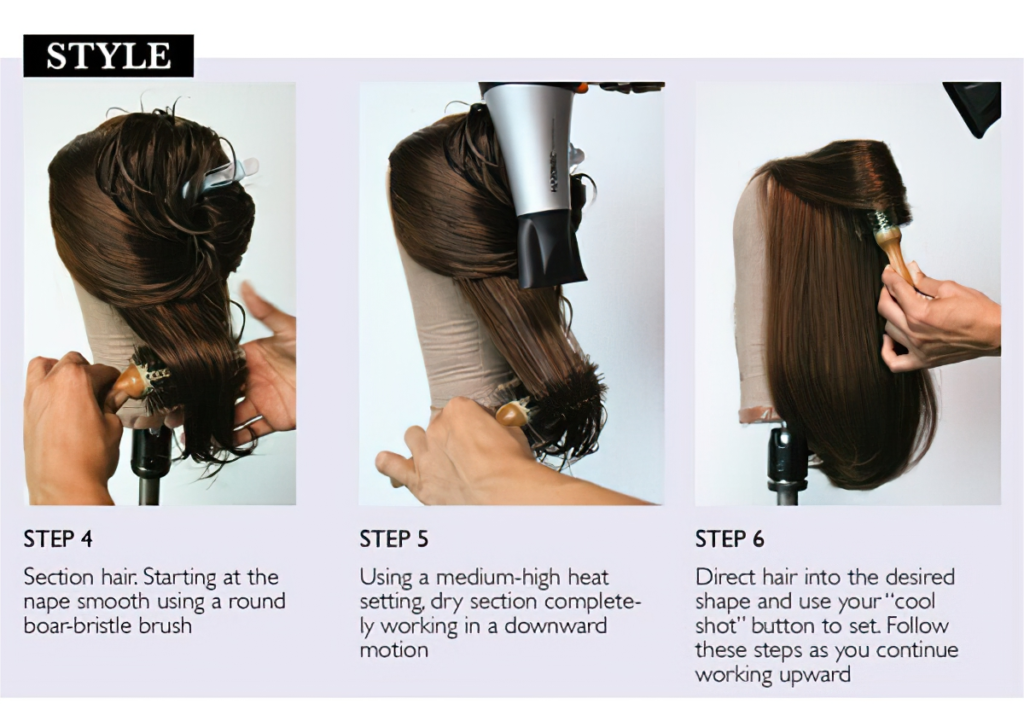
Nighttime Care
Before going to bed, loosely braid or twist the yaki hair to prevent tangling while you sleep. Consider using a silk or satin pillowcase or wrap your hair in a silk or satin scarf to minimize friction and help retain moisture.
Regular Maintenance
Trim any split ends regularly to keep the hair looking healthy. Avoid prolonged exposure to chlorine or saltwater, as it can cause damage. If necessary, use a deep conditioning treatment or hair mask to restore moisture and nourish the hair.
Can I Curl Yaki Hair?
Yes, you can curl Yaki hair. Use a heat protectant, lower heat settings, and wrap small sections around the curling iron or wand. Hold each curl to set and use styling products to reduce frizz. Experiment to find the best technique for your Yaki hair.

